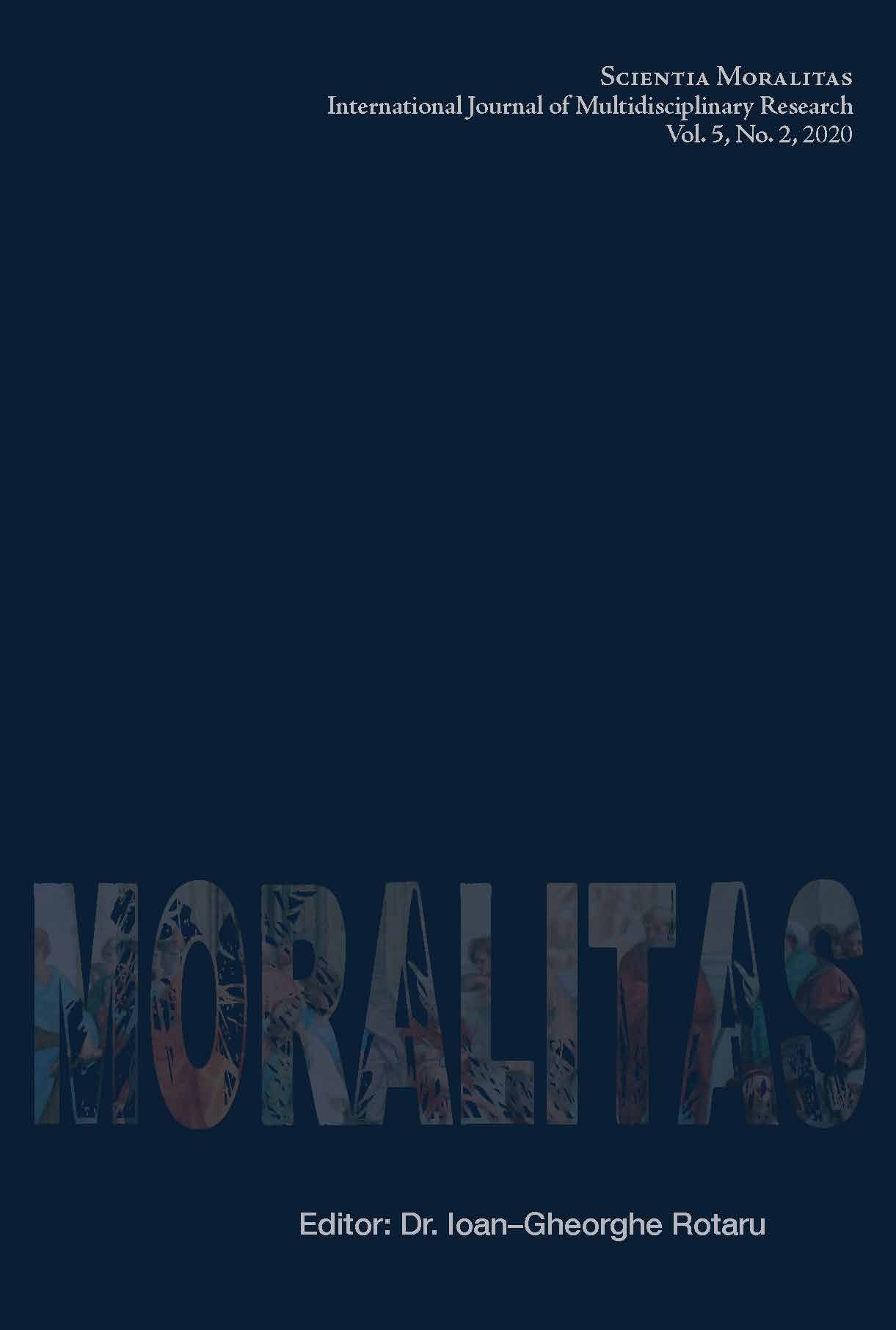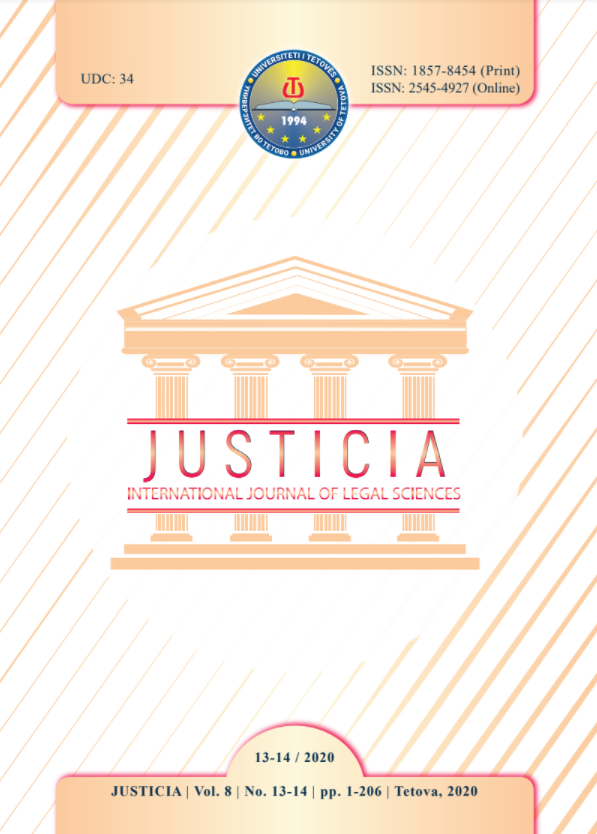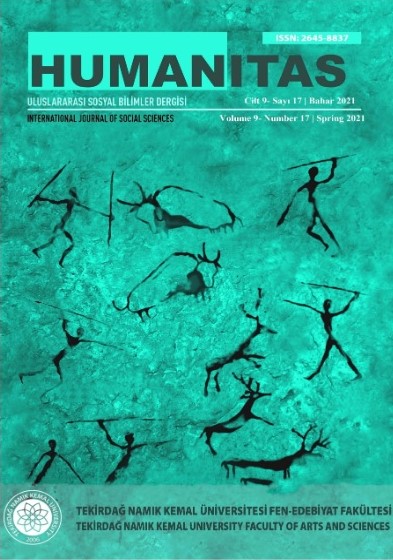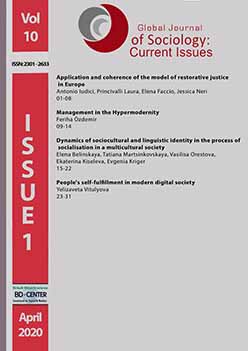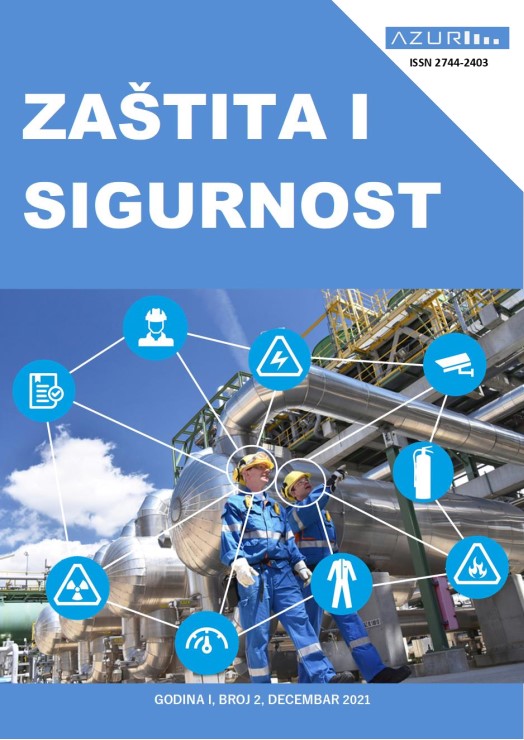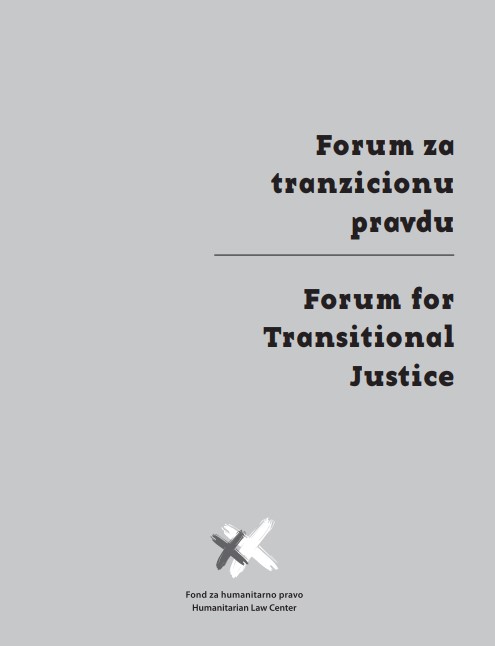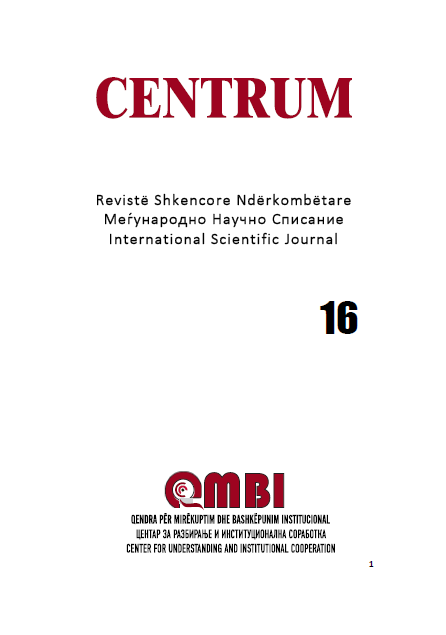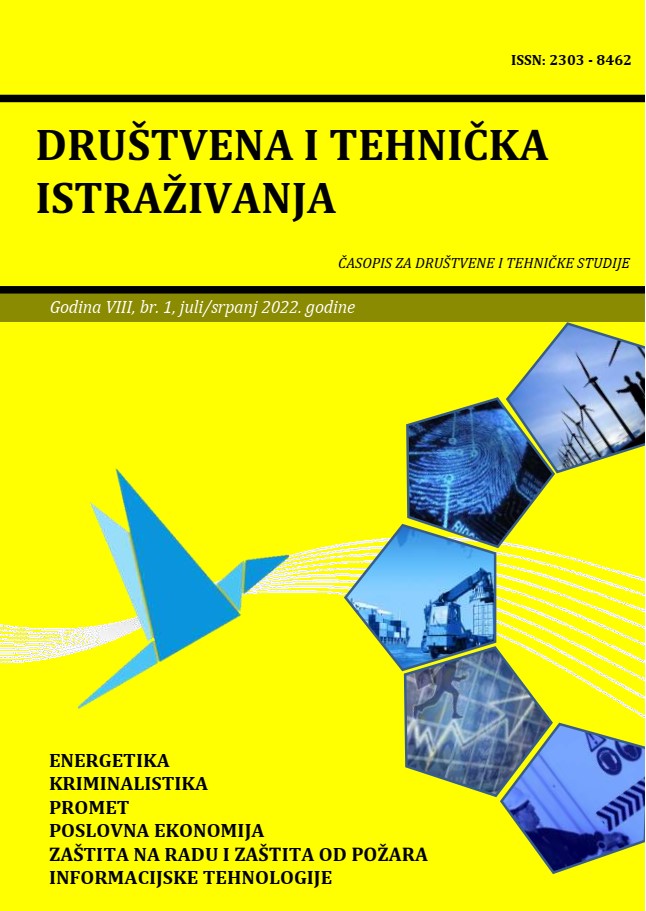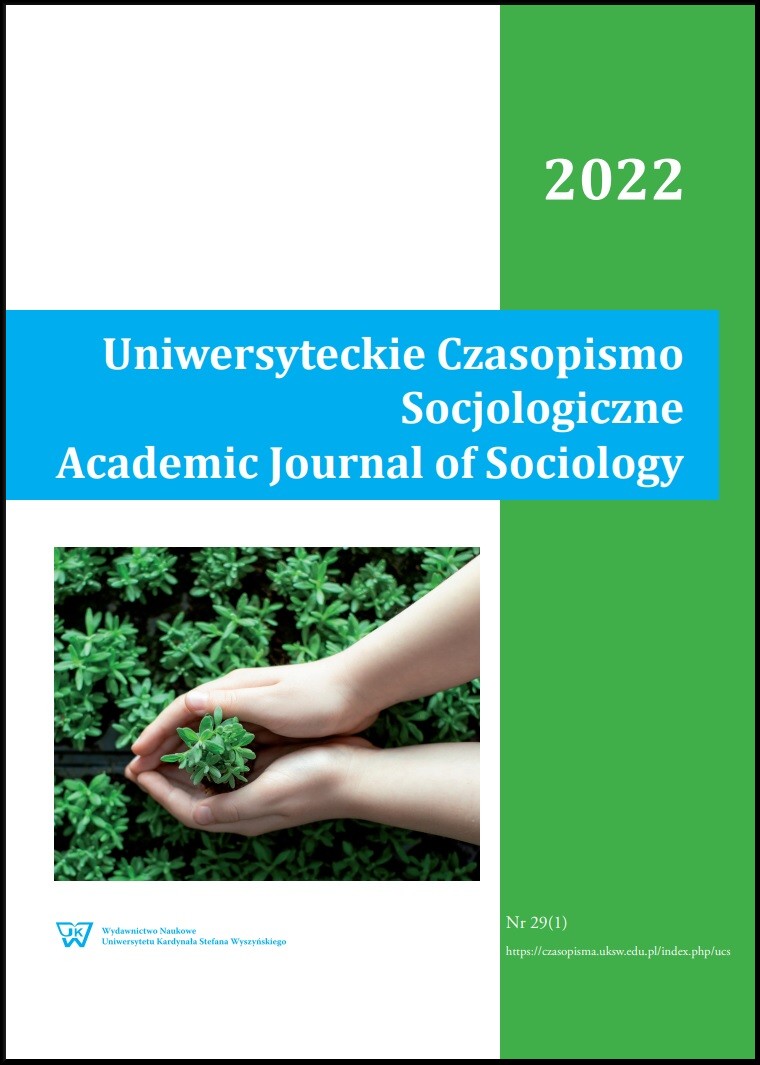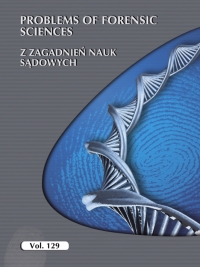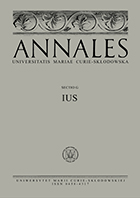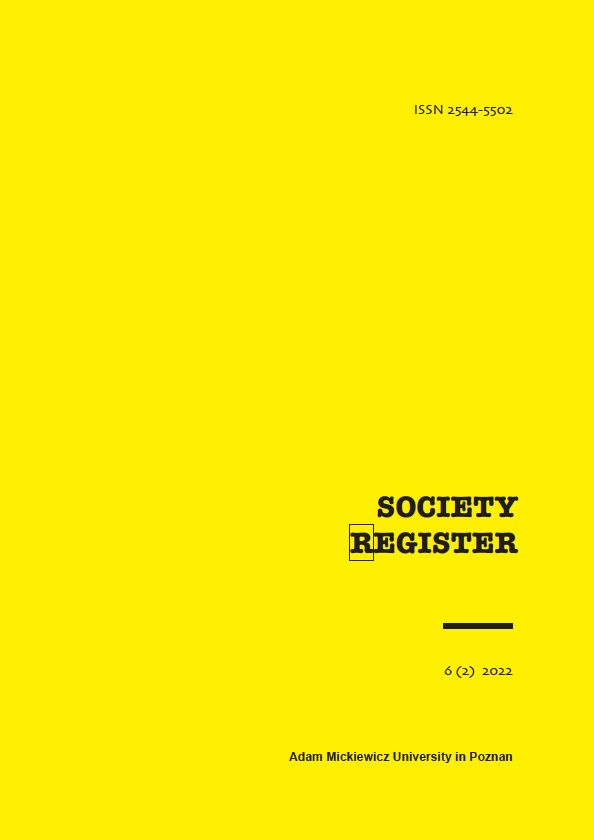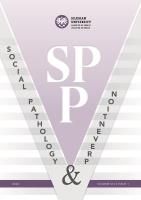Author(s): Mia Šćuk / Language(s): Bosnian
Issue: 1/2022
The disappearance of persons, as one of the significant social problems of today, is attracting a lot of attention from the police professions, but also from the public. The public (citizens, media) pays special attention to reports of the disappearance of children and minors, and this is one of the reasons why the work of the police is often criticized and under pressure. and this is the reason why police work is often criticized and under pressure. The situation of a missing person is not defined in the existing legal provisions in the legislation of BiH, which affects the search for missing persons. This situation is being judged by the police officer in each case based on his own experience, knowledge, attitude, his ability of identification, but it is also based on the reviewing of initial information which is often given by the person who reported the disappearance. Although the operational work of police officers at first glance it seems simple, it is a very complex process composed of many procedures, dilemmas, questions, objective-subjective obstacles and the like.This paper directly shows the complexity of this professional work when it comes to the segment of taking operational tactical-technical measures.In the first stage of the investigation, the person who reported the disappearance of another person is the first, the main and most important source of information. The key to an efficient investigation is that the report of disappearance is adequately filled with true data. Based on this data, police officers start operational and technical measures of searching for a missing person, such as the plan of searching, searching the field, collecting notes from other persons, organization of surveillance, constant monitoring of certain records, strategies and media relations .Even though a lot of missing persons are found after the criminal investigation, there is a great number of mysterious disappearances that unfortunately end up with no success in finding the person or with murderSuch cases are present every day, both in our country and in the region, which is why the efficiency and expediency of police officers in applying operational tactical-technical measures is the key to finding a missing person.
More...



